Checkout using your account
Checkout as a new customer
Creating an account has many benefits:
- See order and shipping status
- Track order history
- Check out faster
The Chiralpak® product range from the manufacturer Chiral Technologies (Daicel) includes many different HPLC phases for enantiomer separation. There are both "coated" and "immobilised" polysaccharide modifications. The immobilised modifications have the advantage that any organic solvent can be used. With coated phases, some organic solvents can alter or completely destroy the modification. This means that the immobilised phases also enable further method developments that were previously not possible.
Product Line
Write us a message and we will get back to you as soon as possible.
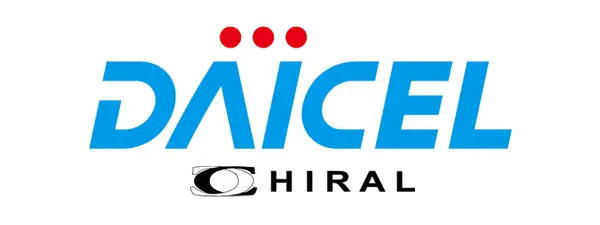
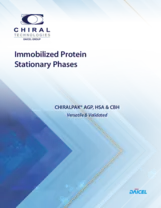 Chiral Chiralpak AGP & HSA & CNH Product List Brochure
Chiral Chiralpak AGP & HSA & CNH Product List Brochure
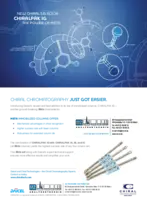 Chiral Chiralpak IG Brochure
Chiral Chiralpak IG Brochure
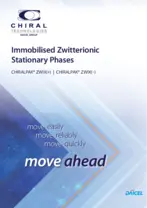 Chiral Chiralpak ZWIX Brochure
Chiral Chiralpak ZWIX Brochure
 Chiral Product List 2023 Brochure
Chiral Product List 2023 Brochure
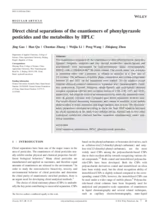 Chiral Chiralpak IB Chiral Separation of Enantiomers of Phenylpyrazole Pesticides Applications
Chiral Chiralpak IB Chiral Separation of Enantiomers of Phenylpyrazole Pesticides Applications
 Chiral Chiralpak 3um Applications
Chiral Chiralpak 3um Applications
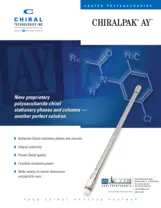 Chiral Chiralpak AY Applications
Chiral Chiralpak AY Applications
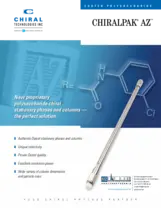 Chiral Chiralpak AZ Applications
Chiral Chiralpak AZ Applications
 Chiral Chiralpak IA Applications
Chiral Chiralpak IA Applications
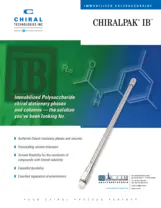 Chiral Chiralpak IB Applications
Chiral Chiralpak IB Applications
 Chiral Chiralpak IC Applications
Chiral Chiralpak IC Applications
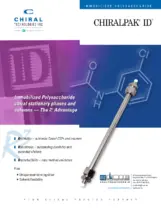 Chiral Chiralpak ID Applications
Chiral Chiralpak ID Applications
 Chiral Chiralpak IE Applications
Chiral Chiralpak IE Applications
 Chiral Chiralpak IF Applications
Chiral Chiralpak IF Applications
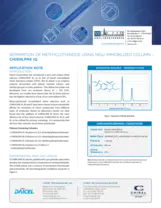 Chiral Chiralpak IG Applications
Chiral Chiralpak IG Applications
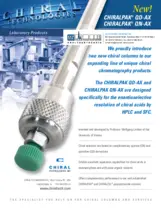 Chiral Chiralpak QD-AX & QN-AX Applications
Chiral Chiralpak QD-AX & QN-AX Applications